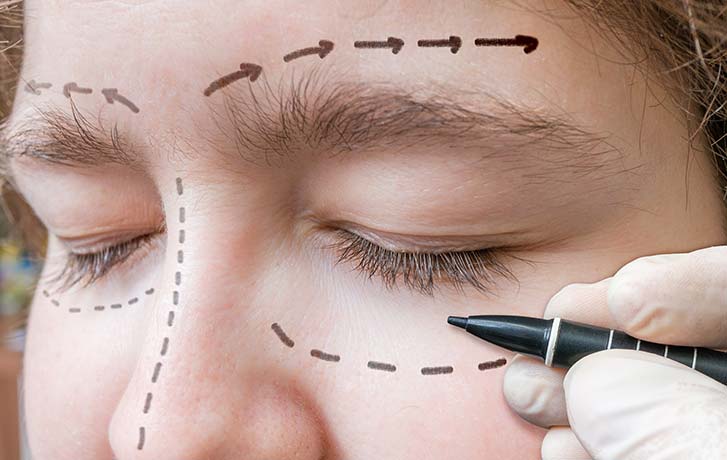Reasons to Get Facial Reconstructive Surgery

When You Should Consider Facial Reconstructive Surgery
Facial reconstructive surgery (or maxillofacial reconstructive surgery, which includes the jawline), is an operation that most people never undergo or hear about. This is because the surgery typically repairs serious damage to the head or neck caused by serious injuries or by major operations for diseases like oral cancer. (Treating oral cancer often involves removing a portion of the facial skeleton.) If facial bones are damaged or removed, the facial bones may need to be reconstructed in order to restore normal function and appearance. Left alone, patients with facial injuries may experience low self-esteem and depression.
Candidates for Reconstructive Surgery
Nearly every patient who has lost a portion of their facial structure will be a candidate for reconstructive surgery. Determining the timeline for surgery and predicting the outcome will depend on a few factors, including the extent of the damage, which area needs reconstruction, and the etiology (or cause) of the accident.
For example, patients who have been in a serious accident and lost significant portions of hard and soft tissue may undergo several stages of surgery. In such cases, patients will need surgery to restore soft tissue before a hard tissue infrastructure is made with grafted bone, reconstruction plates, and/or alloplastic materials can be placed.
Cancer patients who need facial reconstruction often have radiation treatment following ablative surgery. The exposure to radiation – and sometimes hyperbaric oxygen to speed up recovery – will prolong the period before a facial reconstruction operation may be done.
Infection is another cause of bone loss and structural damage to the facial skeleton, which may delay reconstructive surgery. The infection must heal, and the infected soft tissue must be eliminated before facial reconstruction can begin.
Ultimately, it is the surgeon’s responsibility to develop a treatment plan on a case-by-case basis.
The Difference between Reconstructive Surgery and Orthognathic Surgery
While orthognathic surgery is a form of reconstructive surgery, they are significantly different. Reconstructive surgery replaces missing hard and soft tissue, while orthognathic surgery typically realigns the jaw structure.
In short, a patient who has experienced a serious injury or disease that resulted in the loss of soft and/or hard tissue, facial reconstructive surgery may be recommended to restore functionality and appearance. To schedule a consultation about facial reconstructive surgery, speak with Dr. Binder.
